If stored properly, vegetables retain their natural flavour, aroma, and nutrients. Today’s article is packed with tips to help you extend the shelf life of fruits and veg, keeping them fresh and delicious for longer.

If stored properly, vegetables retain their natural flavour, aroma, and nutrients. Today’s article is packed with tips to help you extend the shelf life of fruits and veg, keeping them fresh and delicious for longer.
- What are the general rules for storing vegetables?
- Which fruits and vegetables can be kept in the fridge?
- Which fruits and vegetables shouldn’t be stored in the fridge?
- How to store fruits and vegetables properly in the fridge
- Recommended fridges for storing fruits and vegetables
- Other methods for storing vegetables
- Vegetable storage summary
What are the general rules for storing vegetables?
When picking fruits and veg, pay attention to their appearance. The skin should be free of discoloured dents, and the leaves and stems should be green, firm, and flexible. Don’t be swayed by size or shape. Organic or home-grown veg often has smaller, irregular shapes due to the lack of chemical fertilisers. This not only enhances their unique taste but also means they’re usually packed with more vitamins and nutrients. Buying from local suppliers who offer freshly harvested produce is always a smart choice.
How should fruits and veg be stored? Take them out of their packaging as soon as you get home. Airtight plastic bags can cause harm, especially to high-water-content produce like aubergines, peppers, and cucumbers, as they trap moisture, speeding up decay. Perforated paper bags work best for these items.
Which fruits and vegetables can be kept in the fridge?
Most harvested produce thrives in cooler temperatures, so keep that in mind when organising your kitchen. Apples, cherries, raspberries, cabbages, lettuce, and leafy greens like celery, rocket, and spinach are best stored in the fridge. Root vegetables also belong here.
Don’t forget to refrigerate cut produce like cauliflower, watermelon, or kohlrabi. Peeled vegetables should also be stored this way.
-
Fridge – 590 L 1,499.00 €
-
Fridge – 540 L – Stainless Steel 1,749.00 €
-
Fridge with Two Stainless Steel Doors – 1168 L 2,949.00 €
-
Glass Door Fridge – 391 L
Which fruits and vegetables shouldn’t be stored in the fridge?
Some fruits and veg are better off out of the fridge. Exotic fruits like citrus, mangoes, and bananas prefer warmer conditions (above 16°C). High-moisture veg such as tomatoes, cucumbers, courgettes, onions, and garlic can rot quicker in the cold. Potatoes should also be kept out of the fridge – temperatures below 8°C make them sweet and inedible.
If you’ve stocked up on potatoes, consider setting up a storage spot in the garage or cellar. The space should be cool, dry, dark, and well-ventilated. For those with balconies, similar rules apply. As long as the summer heat isn’t extreme and winter temperatures don’t plummet too much, you can store potatoes there, perhaps in a wardrobe or box. Beets, carrots, and cabbages also fare well in such conditions.
How to store dried mushrooms? They don’t handle moisture well, so glass containers, paper, or canvas bags in a dry, ventilated area are ideal.
How to store fruits and vegetables properly in the fridge
How should veg be stored in the fridge? Most fridges have a dedicated drawer at the bottom where the temperature is slightly higher – that’s the best spot. Line the bottom of the drawer with paper towels or a cotton cloth to absorb excess moisture. Here are some other tips for storing veg correctly:
- Remove or trim wilted leaves (e.g., from root vegetables).
- Wash off any dirt.
- Keep fruits and veg separate from raw meat and dairy products.
- Store carrots away from pears and apples to avoid bitterness.
- Place the ripest produce near the fridge door to consume it sooner.
Recommended fridges for storing fruits and vegetables
Back in the day, our grandparents would worry about storing veg for winter months. Today, thanks to easy access to fresh food, such problems are rare. However, keen gardeners still like to ensure their produce is stored properly.
Most veg can be frozen, so investing in a freezer is a great solution. Before freezing, wash and prep the veg thoroughly. Dice the roots, slice the green beans into sticks, and divide cauliflower and broccoli into florets. Blanching them in hot water beforehand helps retain their vibrant colour. Pack them in freezer-safe bags or containers. How long can meat stay frozen? Up to a year! But for the best flavour and nutrients, aim to consume it within 3-4 months.
Consider investing in a fridge that keeps produce fresh for weeks. Look for features like adjustable temperatures to suit specific produce needs. For storing veg and root crops, aim for an optimal temperature of around 8-10°C. Some models even let you adjust humidity – a handy feature!
Other methods for storing vegetables
Aside from freezing and refrigerating, there are plenty of ways to preserve food year-round. Pickling is a fantastic option for tomatoes, vine leaves, apples, plums, and even lemons. You can also preserve veg in vinegar or candy fruits and sweet veg like carrots.
In the past, fruits and veg were dried near bread ovens. Nowadays, this can be done in an oven or using a radiator, though these aren’t the most efficient methods. That’s why many enthusiasts opt for professional equipment. Which mushroom dryer should you choose? There are plenty of models on the market, varying in capacity and power. A good one should include a timer, a thermostat, and a digital display for easy parameter control.
Vegetable storage summary
Nutritional experts agree: plant-based foods are the cornerstone of a healthy, balanced diet. To keep fruits and veg packed with nutrients and full of flavour, proper storage is essential. Pay attention to the specific needs of each type to minimise waste and prevent foodborne illness.
Enjoyed this piece? Don’t miss our guide on freezing yeast, or explore more of our culinary and gastronomy tips!

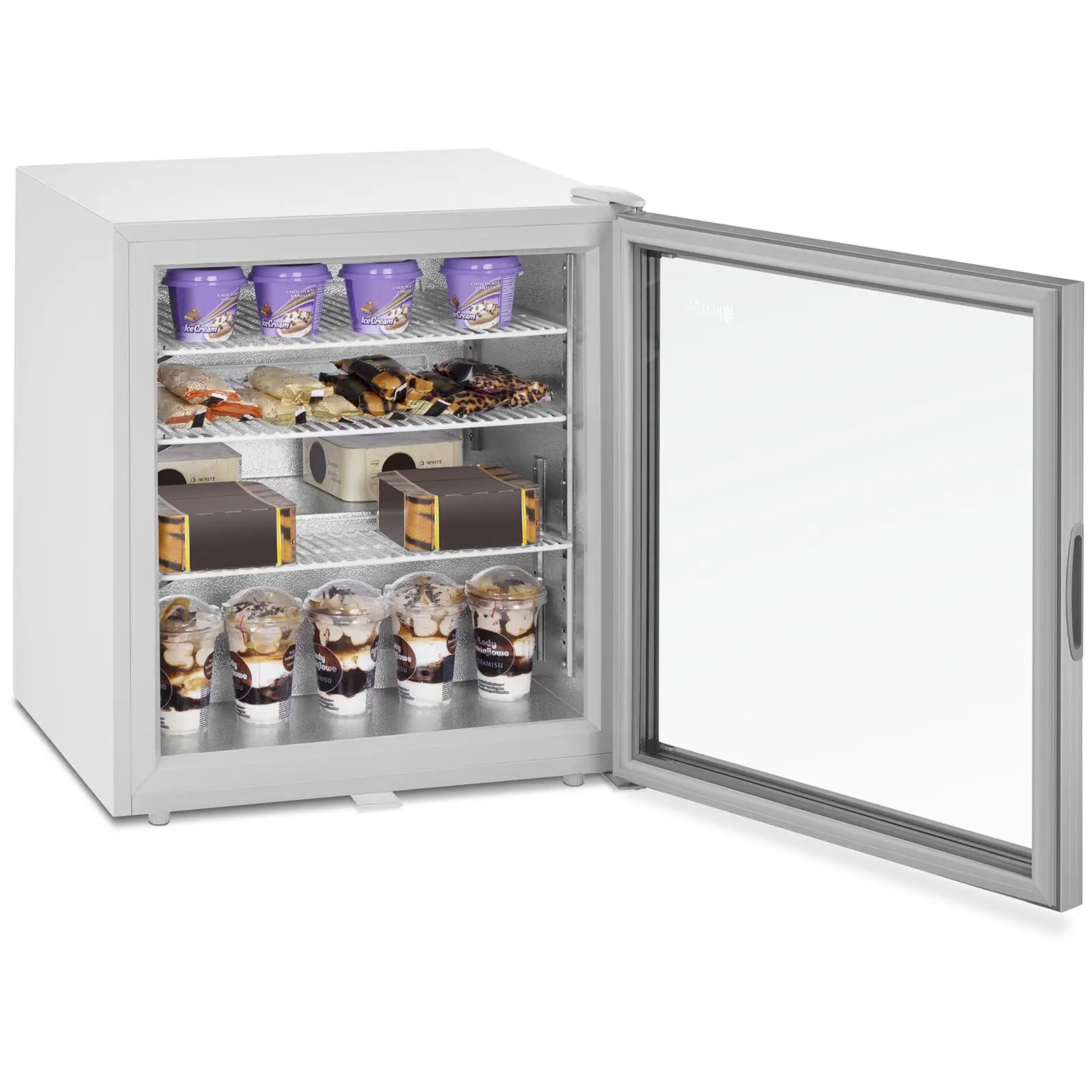



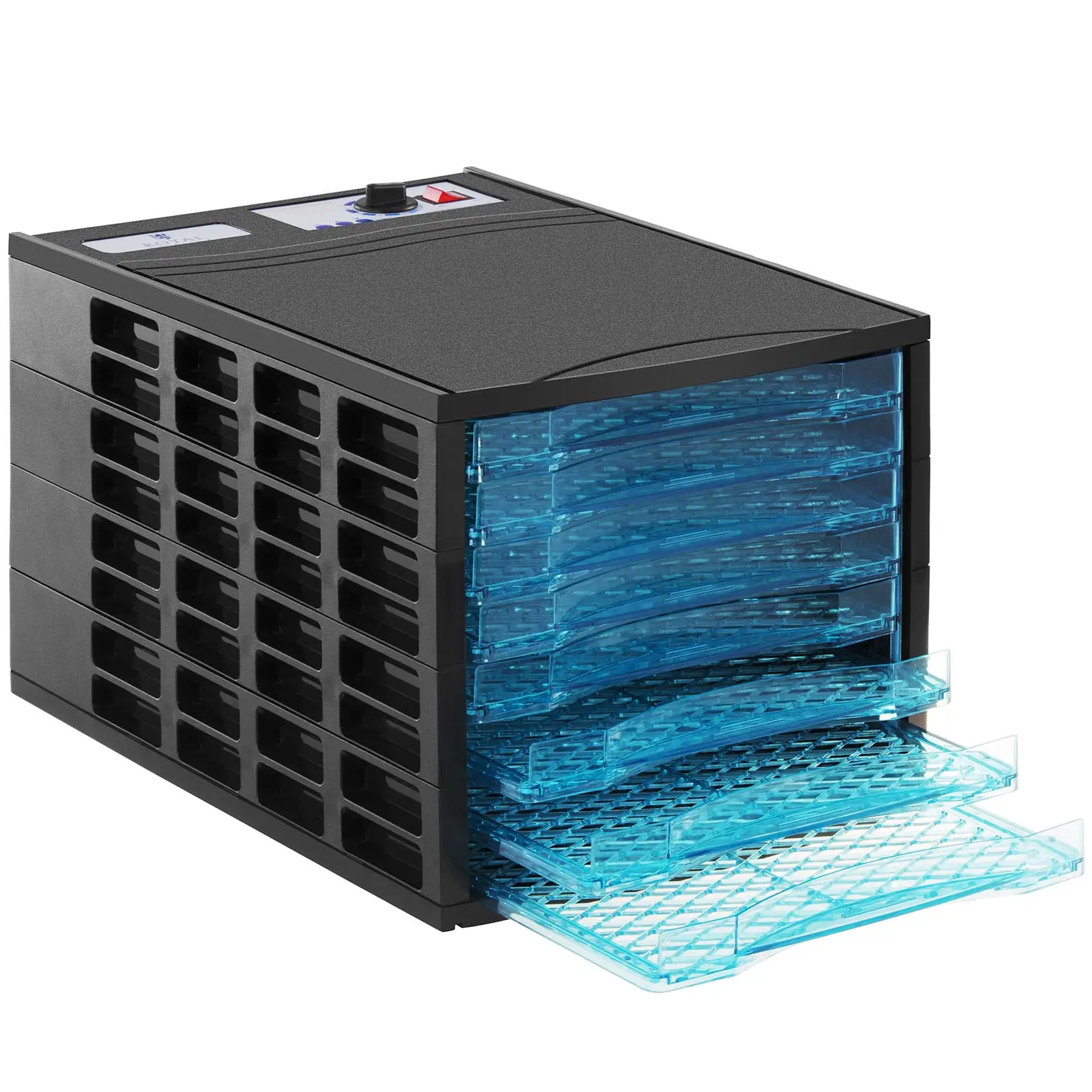
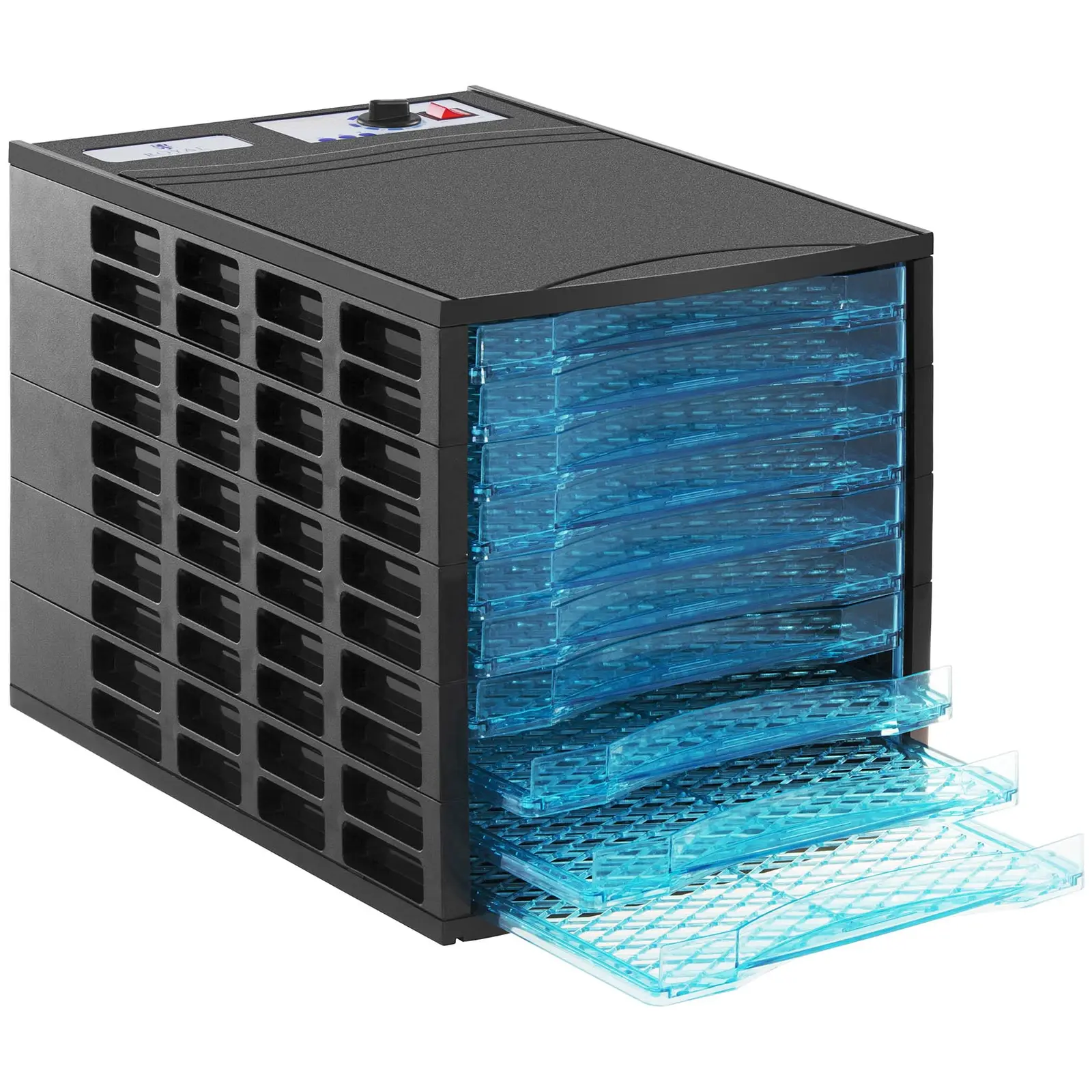
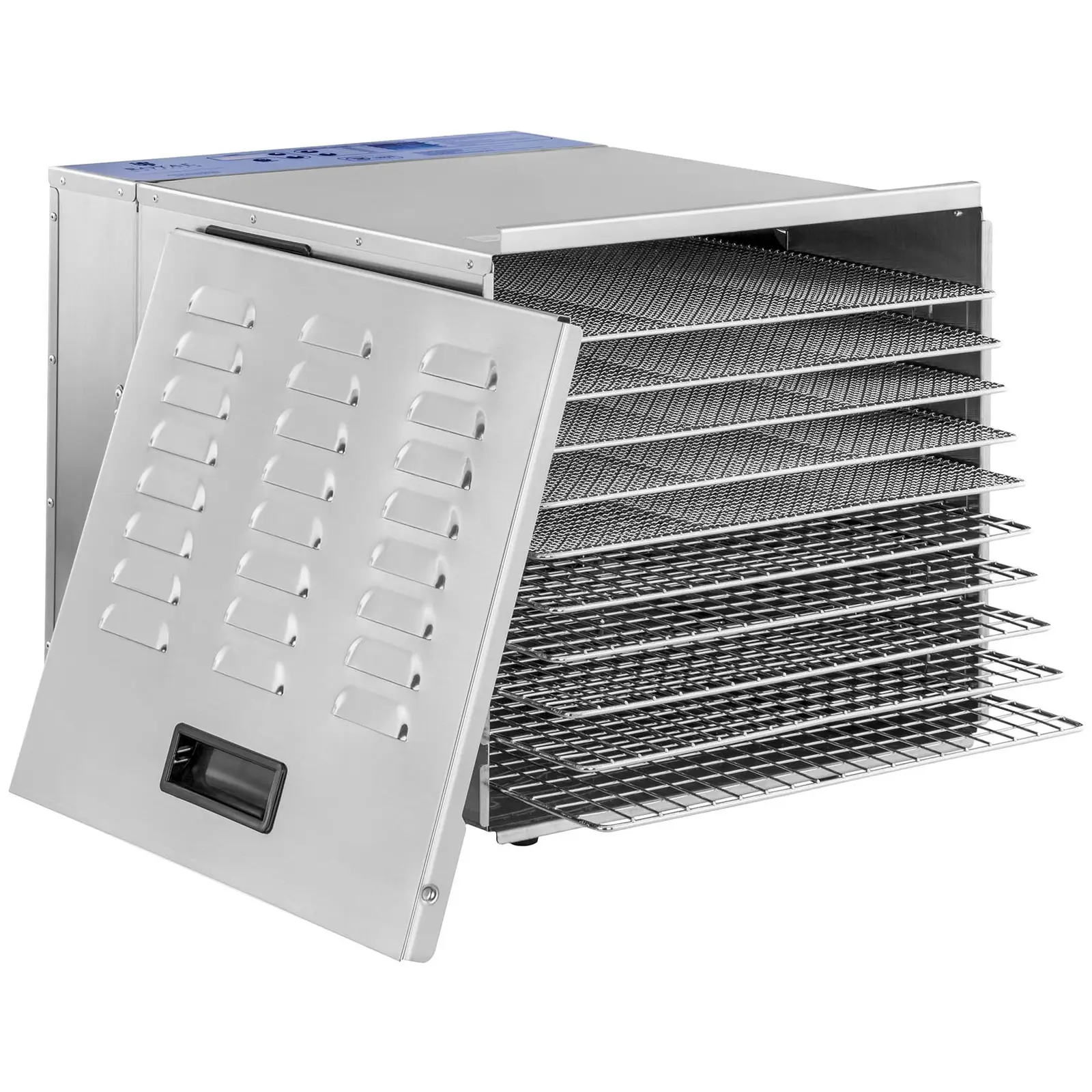



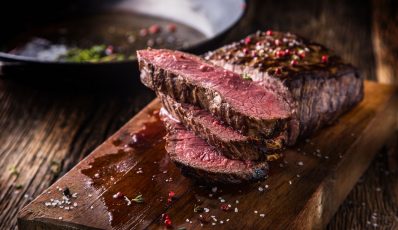


Share